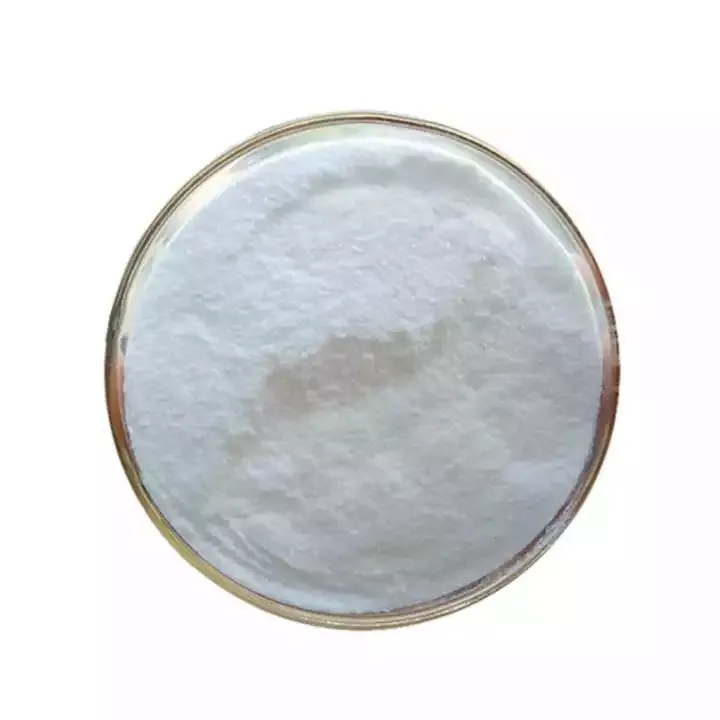Warning: Undefined array key "title" in /home/www/wwwroot/HTML/www.exportstart.com/wp-content/themes/1198/header.php on line 6
Warning: Undefined array key "file" in /home/www/wwwroot/HTML/www.exportstart.com/wp-content/themes/1198/header.php on line 7
Warning: Undefined array key "title" in /home/www/wwwroot/HTML/www.exportstart.com/wp-content/themes/1198/header.php on line 7
Warning: Undefined array key "title" in /home/www/wwwroot/HTML/www.exportstart.com/wp-content/themes/1198/header.php on line 7
- Afrikaans
- Albanian
- Amharic
- Arabic
- Armenian
- Azerbaijani
- Basque
- Belarusian
- Bengali
- Bosnian
- Bulgarian
- Catalan
- Cebuano
- China
- China (Taiwan)
- Corsican
- Croatian
- Czech
- Danish
- Dutch
- English
- Esperanto
- Estonian
- Finnish
- French
- Frisian
- Galician
- Georgian
- German
- Greek
- Gujarati
- Haitian Creole
- hausa
- hawaiian
- Hebrew
- Hindi
- Miao
- Hungarian
- Icelandic
- igbo
- Indonesian
- irish
- Italian
- Japanese
- Javanese
- Kannada
- kazakh
- Khmer
- Rwandese
- Korean
- Kurdish
- Kyrgyz
- Lao
- Latin
- Latvian
- Lithuanian
- Luxembourgish
- Macedonian
- Malgashi
- Malay
- Malayalam
- Maltese
- Maori
- Marathi
- Mongolian
- Myanmar
- Nepali
- Norwegian
- Norwegian
- Occitan
- Pashto
- Persian
- Polish
- Portuguese
- Punjabi
- Romanian
- Russian
- Samoan
- Scottish Gaelic
- Serbian
- Sesotho
- Shona
- Sindhi
- Sinhala
- Slovak
- Slovenian
- Somali
- Spanish
- Sundanese
- Swahili
- Swedish
- Tagalog
- Tajik
- Tamil
- Tatar
- Telugu
- Thai
- Turkish
- Turkmen
- Ukrainian
- Urdu
- Uighur
- Uzbek
- Vietnamese
- Welsh
- Bantu
- Yiddish
- Yoruba
- Zulu
सेप . 13, 2024 09:49 Back to list
'xanthan gum production process involves bacterial'
The Production Process of Xanthan Gum Involving Bacterial Fermentation
Xanthan gum is a versatile polysaccharide that serves as a thickening agent and stabilizer in various food, cosmetic, and industrial applications. Renowned for its exceptional viscosity and ability to stabilize emulsions, xanthan gum is produced through a fascinating biotechnological process involving the fermentation of specific bacteria. This process not only highlights the innovative use of microbial strains but also reinforces the significance of microbial biotechnology in food science and industrial applications.
The primary bacterium used in the production of xanthan gum is *Xanthomonas campestris*, a gram-negative bacterium that thrives on the exudates of certain plants. This bacterium is especially prevalent on cabbage, and it is from this natural association that its polysaccharide was first isolated. The production of xanthan gum through bacterial fermentation begins with the cultivation of *Xanthomonas campestris* in controlled environments.
The fermentation process typically starts with selecting a suitable medium rich in nutrients, which can include sugars, nitrogen sources, and minerals. Glucose is often utilized as the primary carbon source, while peptones or yeast extracts provide essential nitrogen compounds. The chosen medium is sterilized to eliminate any unwanted microorganisms, creating a conducive environment for the growth of *Xanthomonas campestris*.
In fermentation tanks, the sterilized medium is inoculated with the *Xanthomonas campestris* culture. Under optimal conditions of temperature, pH, and aeration, the bacteria begin to proliferate and produce xanthan gum in the culture broth. The fermentation process requires precise control of environmental conditions; typically, the optimal temperature ranges from 25 to 30 degrees Celsius, and the pH is maintained around neutral (6.8-7.2).
'xanthan gum production process involves bacterial'

As the bacteria grow, they excrete xanthan gum into the surrounding medium. The production can take several days, depending on the strain and the conditions. During this period, it’s crucial to monitor the viscosity of the medium, as increasing viscosity indicates the accumulation of xanthan gum. The fermentation is usually terminated when the desired level of gum production is reached.
Once the fermentation is completed, the xanthan gum must be extracted from the culture broth. This process begins with the removal of bacterial cells through centrifugation or filtration. The supernatant, which contains the dissolved xanthan gum, is then subjected to precipitation, often using alcohol (such as isopropyl alcohol) that causes the xanthan gum to precipitate out of the solution. The precipitate is collected, washed to remove impurities, and then dried to yield the final product.
The dried xanthan gum is a white to light yellow powder that is highly soluble in water. Its unique properties allow it to create a gel-like solution that remains stable across a range of temperatures and pH levels, making it highly sought after in food formulations, such as salad dressings, sauces, and gluten-free baked goods. Additionally, its applications extend beyond food, being utilized in cosmetics, pharmaceuticals, and even in the oil industry for enhancing the viscosity of drilling fluids.
In conclusion, the production of xanthan gum through bacterial fermentation exemplifies the remarkable potential of microbial biotechnology. As industries continue to seek efficient and sustainable solutions for various applications, the role of microbial processes in producing high-quality materials like xanthan gum will undoubtedly remain at the forefront of innovation.
Latest news
-
Certifications for Vegetarian and Xanthan Gum Vegetarian
NewsJun.17,2025
-
Sustainability Trends Reshaping the SLES N70 Market
NewsJun.17,2025
-
Propylene Glycol Use in Vaccines: Balancing Function and Perception
NewsJun.17,2025
-
Petroleum Jelly in Skincare: Balancing Benefits and Backlash
NewsJun.17,2025
-
Energy Price Volatility and Ripple Effect on Caprolactam Markets
NewsJun.17,2025
-
Spectroscopic Techniques for Adipic Acid Molecular Weight
NewsJun.17,2025

